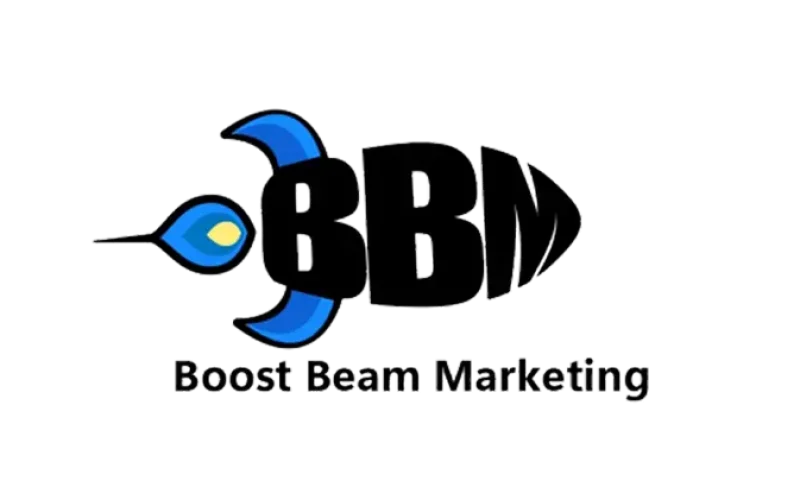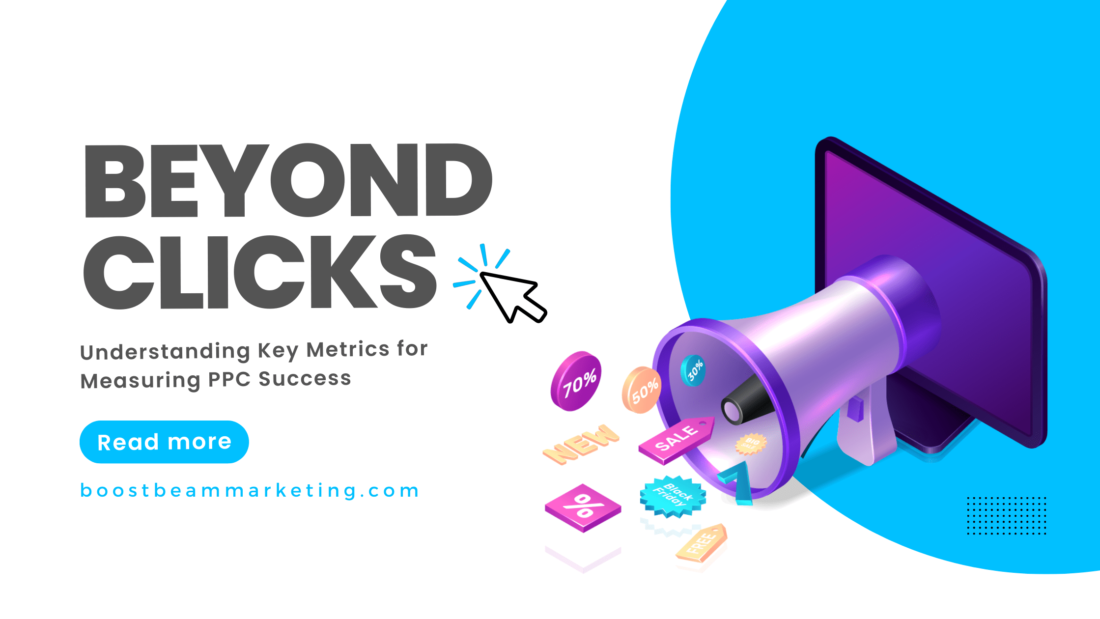In the fast-paced world of Pay-Per-Click (PPC) advertising, clicks often become the golden idol – a quick measure of campaign success. But clicks alone tell a limited story. True PPC mastery lies in deciphering the deeper truths hidden within a wider array of metrics. By moving beyond the surface level and diving into the data, you can unlock insights that fuel intelligent optimization, maximize ROI, and propel your campaigns towards real business goals.
This blog post serves as your guide to transcending the click-centric mindset. We’ll explore critical metrics that paint a holistic picture of your PPC performance, empowering you to make data-driven decisions that truly matter.
Why is tracking PPC advertisements important?
PPC is data-driven paid advertising. It provides advertisers with valuable data such as clicks and keyword performance, which can be utilized to better analyze buyer behavior, tailor advertising, and optimize performance in real-time.
Monitoring PPC campaigns on a regular basis guarantees that they work optimally and contribute to the achievement of marketing objectives.
Metric Mastery: Key Indicators for Informed Actions
1. Conversions
The ultimate goal. Conversions, whether purchases, leads, sign-ups, or other desired actions, measure the direct impact of your campaign on achieving business objectives. Monitor conversion rates per ad group, keyword, and campaign to identify high-performing elements and areas for improvement.
Why should you measure conversion rate?
Conversion rate is the most effective metric that reflects PPC campaign performance across marketing channels. It measures if your PPC ads are compelling enough for viewers to complete the action you want (such as clicking on an ad or installing an app). A good conversion rate means your ads are generating leads from your target audience.
What do we recommend?
A high conversion rate depends on many factors, including the interest level of visitors and the attractiveness of your offers. Include clear CTAs in your messaging, improve your landing page and adjust your bids to optimize the conversion rate.
2. Cost per Acquisition (CPA)
This reveals the true cost of acquiring a desired action. Track CPA trends and target specific benchmarks based on your industry and campaign goals. Optimizing campaigns to lower CPAs helps maximize the return on your ad spend.
Why should you measure CPA?
CPA is one of the most essential metrics for marketers since it helps analyze the entire ROI of ad campaigns across several digital platforms. It establishes a direct correlation between business earnings and advertising campaigns.
What do we recommend?
Monitor the month-to-month change in CPA. Gartner recommends that if CPA varies by 5% or more, you take measures to reduce total costs or increase conversions. Begin by tweaking your bids and targeting new keywords.
3. Return on Ad Spend (ROAS)
The holy grail of PPC success, ROAS measures the revenue generated for every dollar spent. Analyze ROAS across campaigns and segments to determine which delivers the highest financial return. Aim to improve ROAS over time through constant optimization and strategic adjustments.
Why should you calculate ROAS?
ROAS is a monetary metric used to assess the performance of PPC campaigns. The higher the ROAS, the more effective your PPC campaign is at generating top-line revenue for your company.
What do we recommend?
To increase ROAS, segment your paid ads to deliver relevant messaging and target higher-value accounts.
4. Average Position
While not directly tied to conversions, ad position significantly impacts visibility and click-through rates (CTRs). Strive for higher average positions on relevant keywords to increase the likelihood of users seeing your ads.
Why should you calculate the average position?
The higher your ad or listing is ranked, the better your campaign will perform. It catches viewers’ attention faster and generates more clicks.
What do we recommend?
The average rank of first or second on SERPs is regarded as optimal. Bidding higher is an effective technique to rank higher on SERPs; however, keep prices within budget.
5. Click-Through Rate (CTR)
It measures the percentage of users who click on your ad after seeing it. While important, remember that a high CTR doesn’t guarantee conversions. Analyze CTR alongside other metrics to ensure your ads are relevant and resonate with your target audience.
6. Quality Score
Google Ads assigns a quality score to each keyword, reflecting its relevance, expected CTR, and landing page experience. Higher quality scores lead to lower costs and better ad positions. Optimize your keywords and landing pages to improve your quality score.
Why should you calculate quality scores?
A low score suggests that you should make modifications to your advertising, keywords, or landing page; otherwise, your campaign may be wasting a substantial amount of ad spend.
What do we recommend?
At Boost Beam, we recommend a comprehensive and healthy profile tailored to the items. Collect relevant and recent user reviews, make sure your ad content and landing page are clear and appealing to your target audience, and employ a variety of keywords (high volume-low competition, broad match, long tail, geotargeted, etc.).
7. Impression Share
Indicates the percentage of times your ad was eligible to show compared to how often it actually appeared. Analyze impression share by device, location, and time of day to identify potential areas where your ads could be shown more frequently.
Why should you measure impressions?
Impressions can indicate whether your ad is reaching your target audience and raising brand recognition. High impressions but low clicks indicate that viewers do not think your ad is relevant or engaging enough to click.
What do we recommend?
Increase impressions by using broad match keywords, or broaden your audience by targeting more locations or sectors.
8. Conversion Rate by Device
Understand how users from different devices (desktop, mobile, tablet) convert. This helps adjust bids and optimize landing pages for optimal performance on each device. Improve Google Ads Conversion Rate
9. Audience Targeting Metrics
When utilizing audience targeting features, delve deeper into metrics like audience reach, engagement, and conversion rates. This helps refine your targeting strategies and reach users with the right message.
10. Remarketing Metrics
Track metrics like view-through conversions and remarketing CTRs to understand the effectiveness of your efforts in engaging past website visitors. Optimize your remarketing campaigns to rekindle interest and drive conversions.
Beyond the Data: Insights that Drive Actionable Strategies
Remember, data is power only when it is translated into actionable insights. Here’s how these metrics can guide your PPC optimization strategies:
- Identify low-performing keywords: Analyze metrics like CTR, conversion rate, and CPA to identify keywords that aren’t delivering desired results. Pause, modify, or replace them with more relevant options.
- Optimize landing pages: Analyze which landing pages have high bounce rates or low conversion rates. Improve their relevance, user experience, and calls to action for better performance.
- Adjust bids and budgets: Allocate resources strategically based on performance data. Increase bids for high-performing keywords and campaigns, and decrease bids for underperformers.
- Refine targeting: analyze audience segment performance and demographics to identify the most effective targets and adjust your targeting strategies accordingly.
- Experiment with different ad formats and extensions: A/B tests different ad formats and extensions to see which ones resonate best with your audience and drive desired actions.
Remember, PPC success is a continuous journey of learning, optimization, and adaptation. By venturing beyond the click and delving into the treasure trove of key metrics, you can unlock valuable insights that propel your campaigns toward achieving true business goals and turning clicks into conversions and customers.
Bonus Tip: Utilize conversion tracking tools and integrate them with your analytics platform to gain a comprehensive view of user behavior and optimize your marketing funnel effectively.
This blog post only scratches the surface of PPC metrics mastery. Continuously educate yourself, explore advanced metrics, and stay updated on the evolving PPC landscape to achieve sustainable success in this dynamic ecosystem.
Ready to unlock the true potential of your PPC campaigns?
Clicks are just the beginning. At Boost Beam, we go beyond the surface, using advanced data analysis and strategic optimization to help you:
- Maximize conversions and ROI: Craft targeted campaigns that drive valuable actions.
- Uncover hidden insights: Understand what truly matters in your PPC performance.
- Optimize like a pro: Leverage our expertise to fine-tune your campaigns for success.
Don’t settle for clicks alone! Contact Boost Beam today and let’s turn your PPC campaigns into powerful business growth engines.

